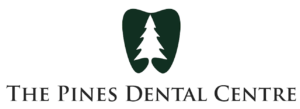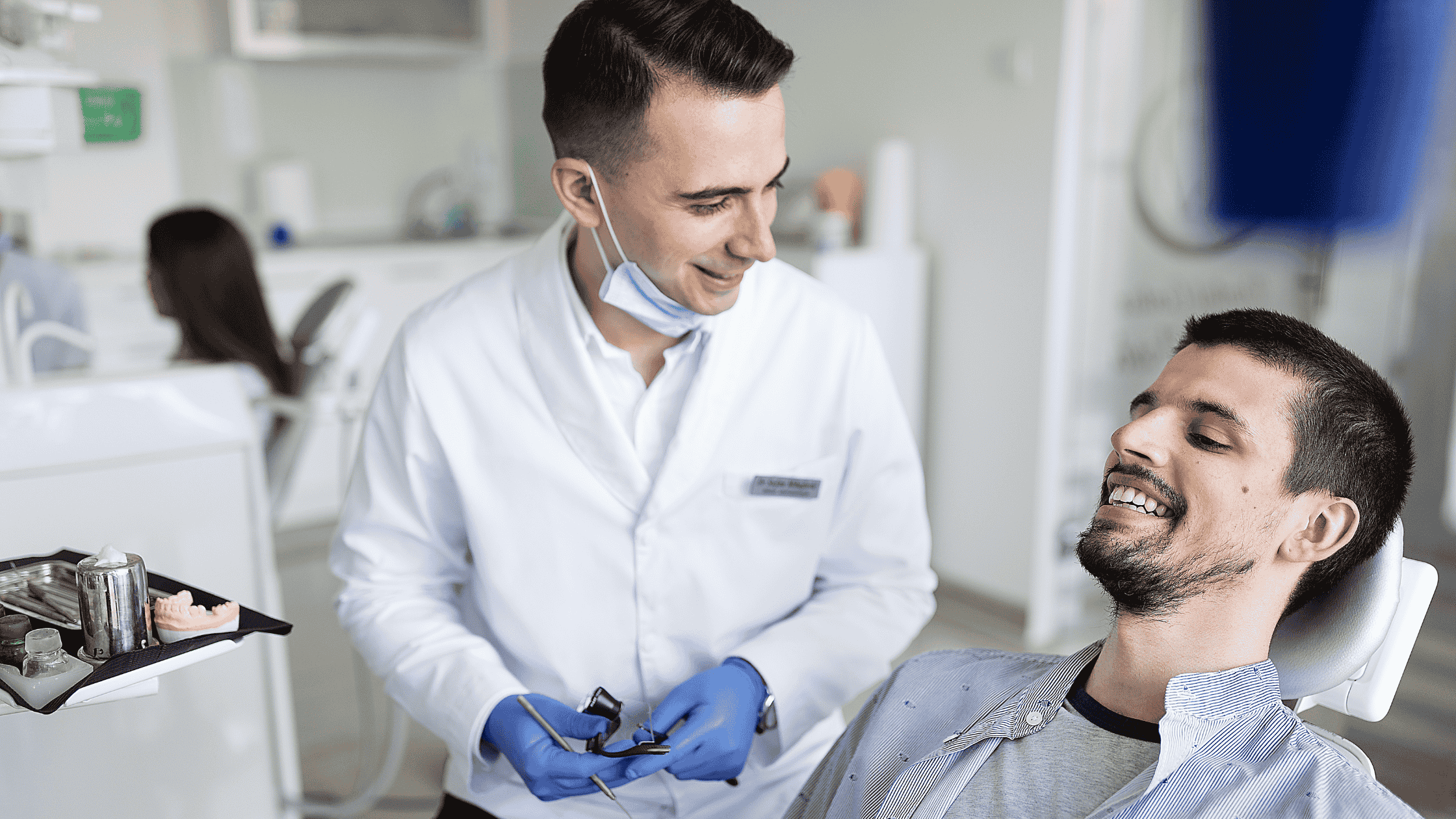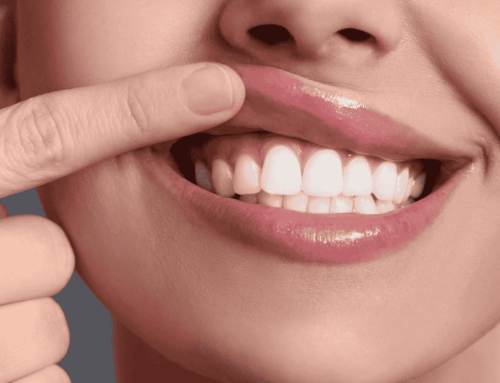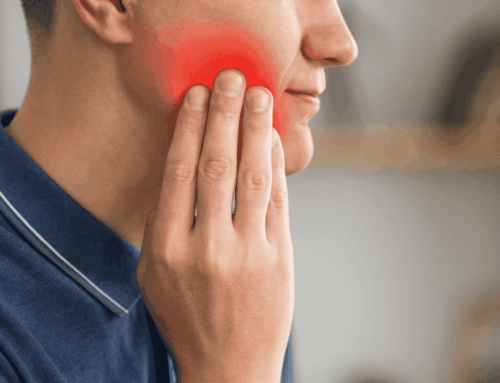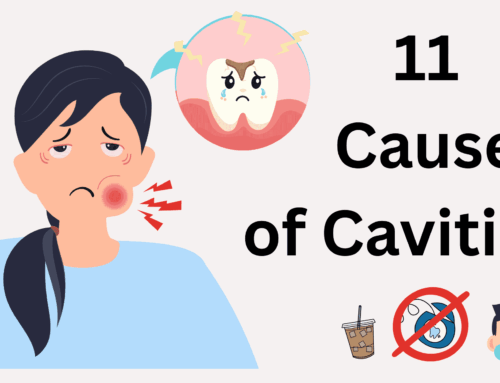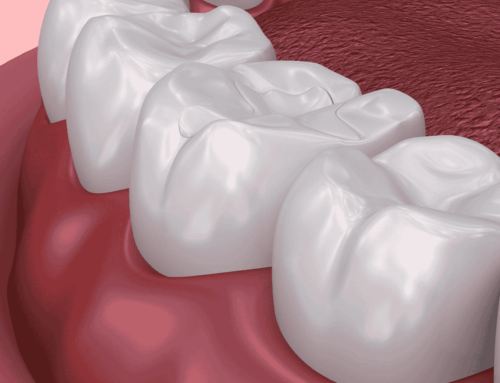By Dr. Nihal Nayak | General Dentist, BBiomedSc (Aus), BBiomedSc (Hons), BDentHSc (Aus), MDent (Aus)
Getting a tooth removed may not be anyone’s idea of fun, but it’s often a necessary step to protect your overall oral health. Whether you’re dealing with an impacted wisdom tooth, a damaged molar, or a stubborn infection, what happens after the procedure matters just as much as the extraction itself. That’s where proper aftercare comes in, and it can make a huge difference in how quickly and comfortably you heal.
Neglecting the basics can lead to complications like dry socket, infection, or prolonged swelling. On the other hand, following the right steps gives your mouth the best chance to recover smoothly. So, if you’ve just had a tooth removed (or have one coming up), don’t worry, we’ll walk you through exactly what to do, what to avoid, and how to set yourself up for a healthy recovery.
What to Do After a Tooth Extraction
The healing process starts as soon as your tooth is removed, and what you do next can make a big difference. Taking the right steps not only helps you feel better but also reduces the risk of complications like dry socket or infection. As your trusted dental care team in Doncaster, we stress how important it is to protect the clot that forms in the socket during the first 24–48 hours so your body can heal properly.
1. Control bleeding right away.
Bite down gently but firmly on a gauze pad for 30 to 60 minutes after the procedure. If your dentist gives further instructions, follow them closely, this includes changing the gauze as needed.
2. Use ice packs to reduce swelling.
Apply an ice pack to the side of your face in 10–20 minute intervals. Cold compresses help control inflammation, especially during the first day.
3. Rest and keep your head elevated.
Give your body time to heal by avoiding any heavy lifting or strenuous activity. When lying down, prop your head up with pillows to help limit bleeding and swelling.
4. Stick to soft, cool foods.
Choose gentle options like mashed potatoes, yogurt, or smoothies, just skip the straw. Sipping water regularly also helps you stay hydrated without irritating the extraction site.
5. Begin gentle rinsing after 24 hours.
Once a full day has passed, you can start rinsing with warm salt water (½ teaspoon of salt in a cup of water) a few times a day to keep the area clean.
What NOT to Do After a Tooth Extraction
Knowing what to avoid after an extraction is just as important as following the right steps. Even small habits can disrupt healing if you’re not careful. During the first few days, the goal is to keep the blood clot stable and protect the area from irritation or infection. That means being mindful of your actions and avoiding anything that could delay recovery.
1. Don’t rinse or spit forcefully.
For the first 24 hours, skip rinsing your mouth entirely. Vigorous swishing or spitting can dislodge the clot and lead to dry socket, a painful condition that exposes the bone.
2. Avoid using straws.
Suction from a straw can easily pull the clot out of place. Even soft drinks or smoothies should be sipped carefully from a cup instead.
3. Skip smoking or alcohol.
Tobacco and alcohol can slow healing, irritate the wound, and increase the chance of infection. It’s best to avoid both for at least 48 hours, longer if possible.
4. Don’t touch the area.
It might be tempting, but don’t poke around the site with your tongue, fingers, or anything else. Disturbing the clot can interfere with healing and increase discomfort.
5. Hold off on brushing near the site.
You can brush your teeth the next day, but stay away from the extraction area for a few days. Focus on keeping the rest of your mouth clean without irritating the socket.
6. Avoid hot, spicy, or crunchy foods.
Anything too hot or rough in texture can irritate the site or get lodged in the socket. Stick to lukewarm, soft meals until your dentist gives the all-clear.
Warning Signs to Watch For
While mild discomfort and swelling are normal after a tooth extraction, certain symptoms can signal that something’s not healing as it should. Knowing what to look out for helps you act quickly if a problem arises. Catching complications early often means easier treatment and a faster recovery.
Severe or worsening pain: If your pain doesn’t improve after a few days, or suddenly gets worse, it could be a sign of dry socket or infection. This pain may spread to your ear or jaw and won’t usually respond to over-the-counter medication.
Bleeding that won’t stop: Some bleeding is normal within the first day, but it should taper off. If you’re still seeing bright red blood or soaking through gauze after 24 hours, it’s time to call your dentist.
Swelling that increases after day three: Swelling typically peaks around the second or third day and then starts to go down. If it keeps getting worse, especially with redness or heat, it could mean an infection is developing.
Bad taste or smell in your mouth: A persistent foul taste or smell may point to trapped food, infection, or a dry socket. It’s a sign that the area needs attention.
Fever or chills: A temperature over 100.4°F (38°C) can be a red flag for infection. Combined with fatigue or body aches, this warrants a call to your dentist right away.
If you notice any of these signs, don’t wait it out. Reach out to your dental clinic to get checked and treated before the issue worsens.
Tips for a Faster, Safer Recovery
Recovering from a tooth extraction doesn’t need to feel overwhelming. With a few simple habits, you can speed up the healing process and lower your risk of complications. Start by giving your body time to rest, especially in the first 48 hours. It’s tempting to jump back into your routine, but slowing down early on can make all the difference. While you’re resting, try to keep your head elevated using extra pillows. This helps reduce swelling and supports better circulation around the extraction site.
As soon as your dentist says it’s safe, gently reintroduce your oral hygiene routine. You can start brushing again after 24 hours, just be sure to avoid the extraction site itself. Saltwater rinses are also helpful for keeping the area clean without causing irritation. When it comes to meals, focus on soft, nourishing foods like blended soups, scrambled eggs, or yogurt. Skip anything that’s too hot, spicy, or crunchy, since these can delay healing or cause discomfort.
Lastly, don’t ignore your follow-up appointment, especially if your dentist has scheduled one. Even if you’re feeling fine, a quick check-in helps confirm that everything’s healing the way it should. Staying consistent with these small steps can make your recovery smoother, faster, and much more comfortable.
Final Thoughts
Recovering from a tooth extraction takes a bit of patience, but with the right care, you’ll be back to feeling like yourself in no time. From managing bleeding and swelling to avoiding risky habits like using straws or smoking, each step plays a role in keeping your healing on track. Paying attention to warning signs and sticking to soft foods and gentle hygiene makes all the difference in avoiding setbacks.
If you’ve recently had a tooth removed, or have an upcoming extraction, it’s always best to follow personalised advice from your dental team. At The Pines Dental Centre, we’re here to guide you every step of the way. Whether you have questions about aftercare or need to book a follow-up, our team in Templestowe is just a call away. Let’s make your recovery smooth, safe, and stress-free, contact us today to schedule your next visit.
Author
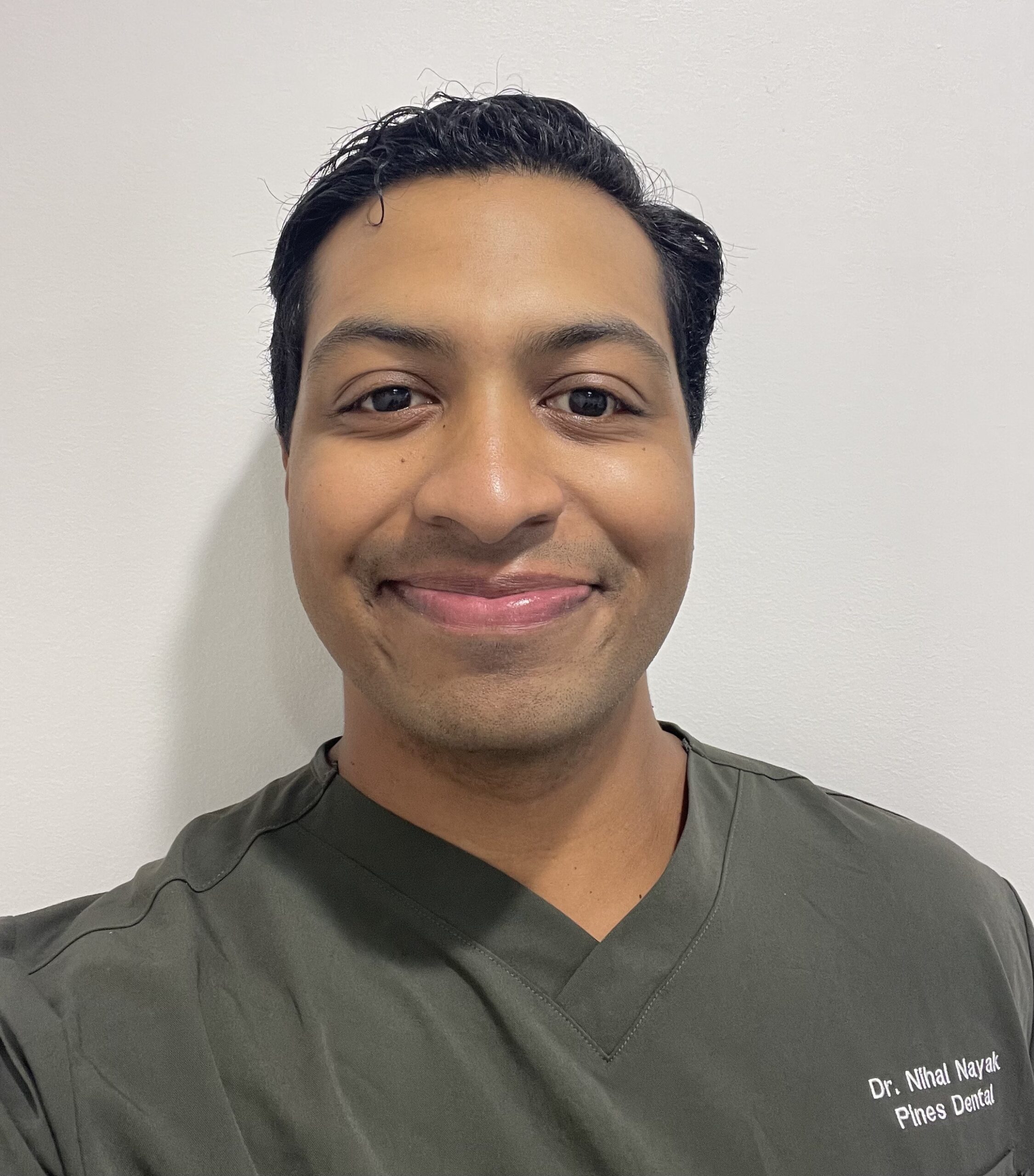
General Dentist – BBiomedSc (Aus), BBiomedSc (Hons), BDentHSc (Aus), MDent (Aus)
Dr. Nihal Nayak is a highly qualified general dentist with a strong academic foundation in biomedical and dental sciences.
Passionate about comprehensive patient care, he takes pride in creating a welcoming environment while delivering clinical excellence.
His goal is to empower patients with knowledge and confidence in every aspect of their dental health.
